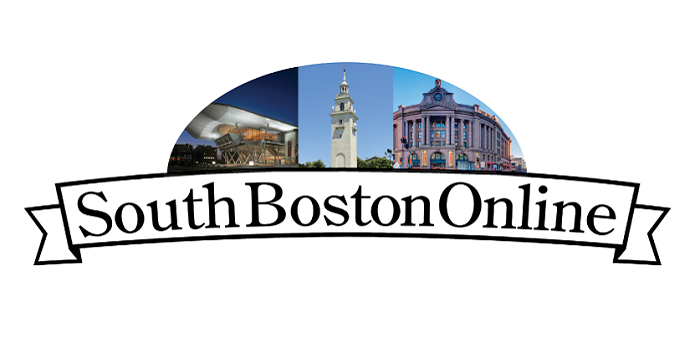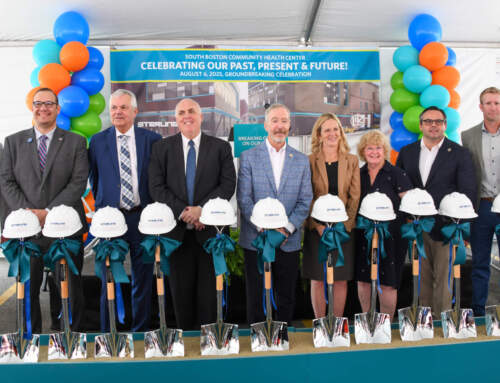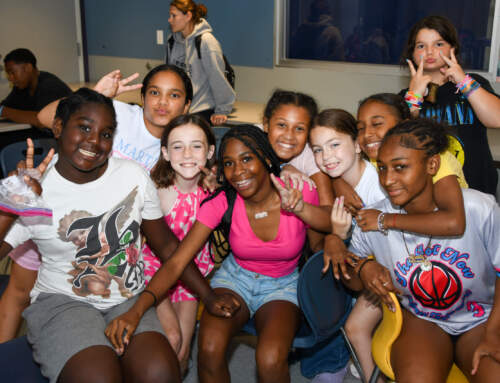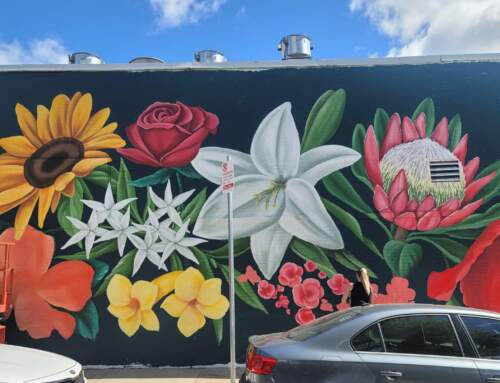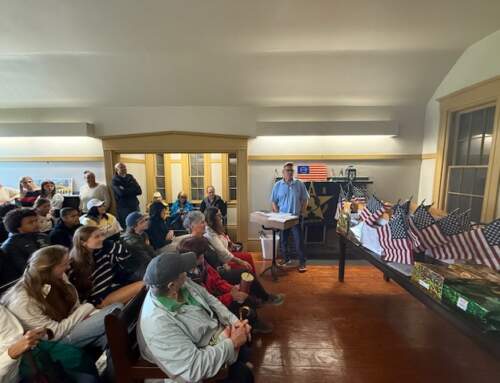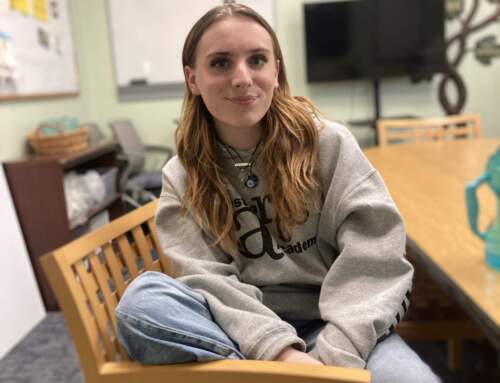The South Boston Historical Society makes local history interesting. A recent example was the fascinating talk, “First in Boston,” given by Jim Healy at the society’s meeting last Monday in the Public Room of the Branch Library. Healy’s historical background in Boston is a highly practical one – he’s the historian of the well-known Boston Duck Tours.
After being introduced by society President Bob Allison, Healy began his list of Boston’s people, and their deeds, discoveries and inventions that were the first in the nation or in the world. He fleshed out many of these with anecdotes.
Healy listed his “firsts” in chronological order, beginning with items dating back to the 1630s, when the Puritans left England and founded Boston. You might be aware that Boston had the first school in the New World – the one now called Boston Latin. It can also lay claim to the first citywide school system.
The early colonial years were busy ones for Bostonians, although occasionally restrictive. During the 1600s, the first building code was established (“no wooden chimneys”). Boston was the first to control and/or ban gambling, drinking, and the use of tobacco outright. The first fire department was set up, along with the first fire engine, a four-wheeled pumping unit. Boston published the first newspaper, drew the first road map, and minted the first non-royal coins in the United Kingdom – pine tree shillings.
The eighteenth century was even more busy and innovative. The first smallpox vaccination in the New World was given (successfully) by Zabdiah Boylston in 1721. America’s first black poet, Phillis Wheatley, was published and Gen. George Washington became one of her fans – a foreshadowing of Maya Angelou, perhaps? Two events in the 1700s stand out – the first St. Patrick’s Day Parade (1737) and the founding of the first chocolate factory, Walter Baker Chocolate Company (1765) down in Lower Mills.
The 1800s were equally bustling: Not to lose the emphasis on sweets, Baker Chocolate was followed in the nineteenth century by Schrafft’s (jelly beans), New England Candy Co. (NECCO wafers, favorite of Adm. Byrd at the South Pole), and Toll House cookies (America’s favorite cookie). Medical science saw the first use of ether as an anesthetic (at MGH) and the first coeducational medical school (now Boston University).
Christmas cards and valentines made their first appearance in Boston in the 1800s. Inventions here included the steam auto, the telephone, the light bulb, and the gasoline auto. America’s first subway stretched from Park Street to Boylston/Arlington Street in 1897, where the Green Line now runs.
Almost 400 years later, it is striking, in South Boston Online’s opinion, that Boston’s inventive, innovative spirit, which is world-renowned in this Year of Our Lord 2016, has roots going all the way back to our city’s earliest days. Furthermore, many of these “firsts” are still part of our daily lives. We won’t list all of Healy’s “Firsts in Boston,” but catch his talk as soon as you can. Or take a Duck Tour.

